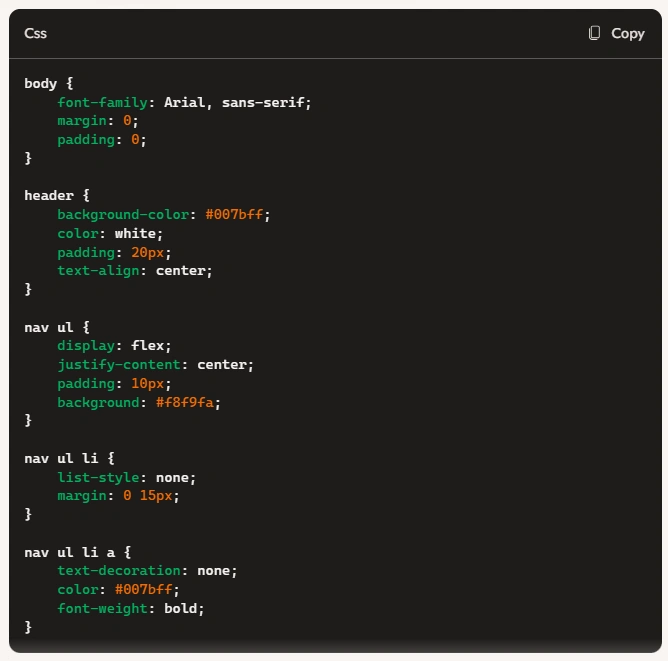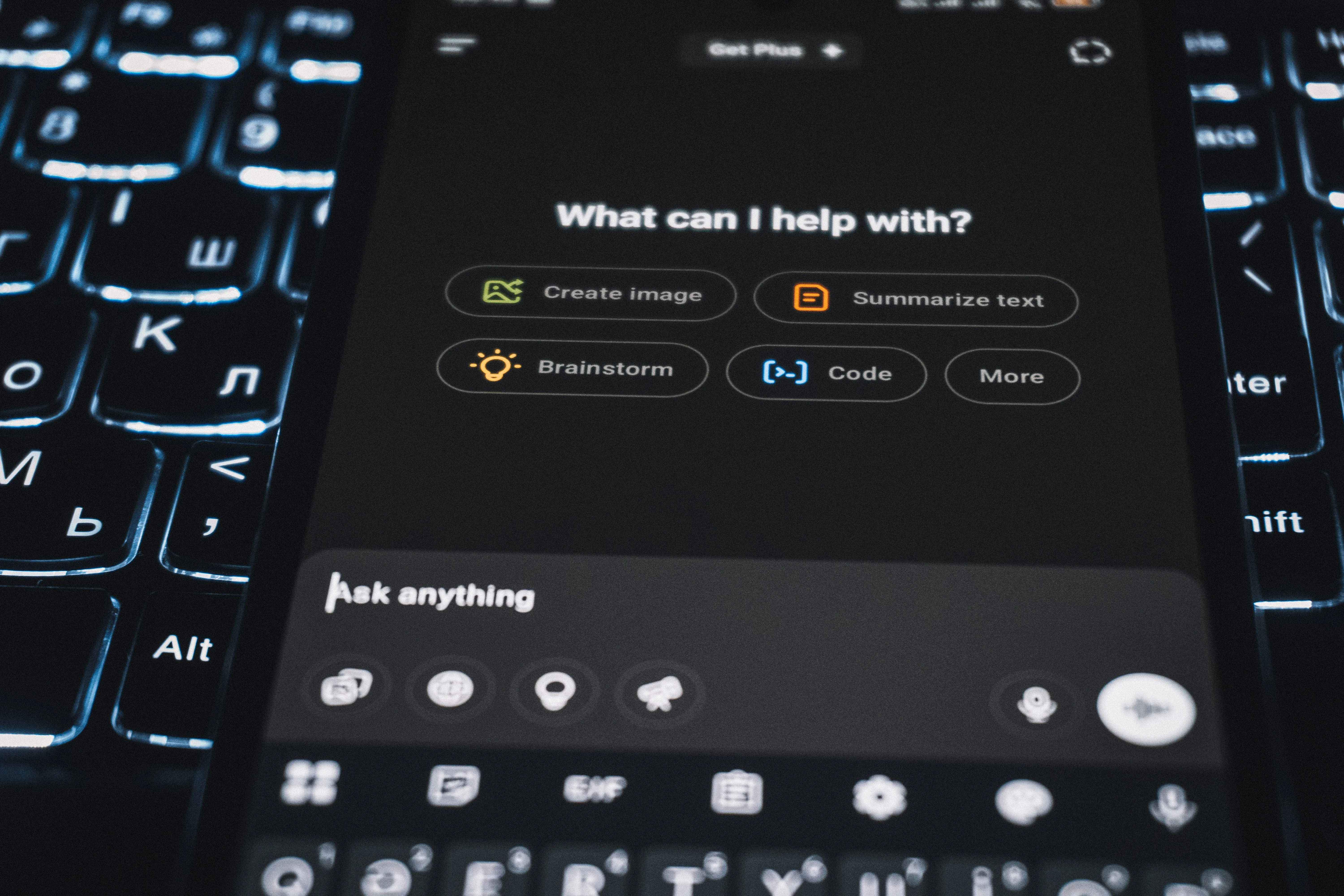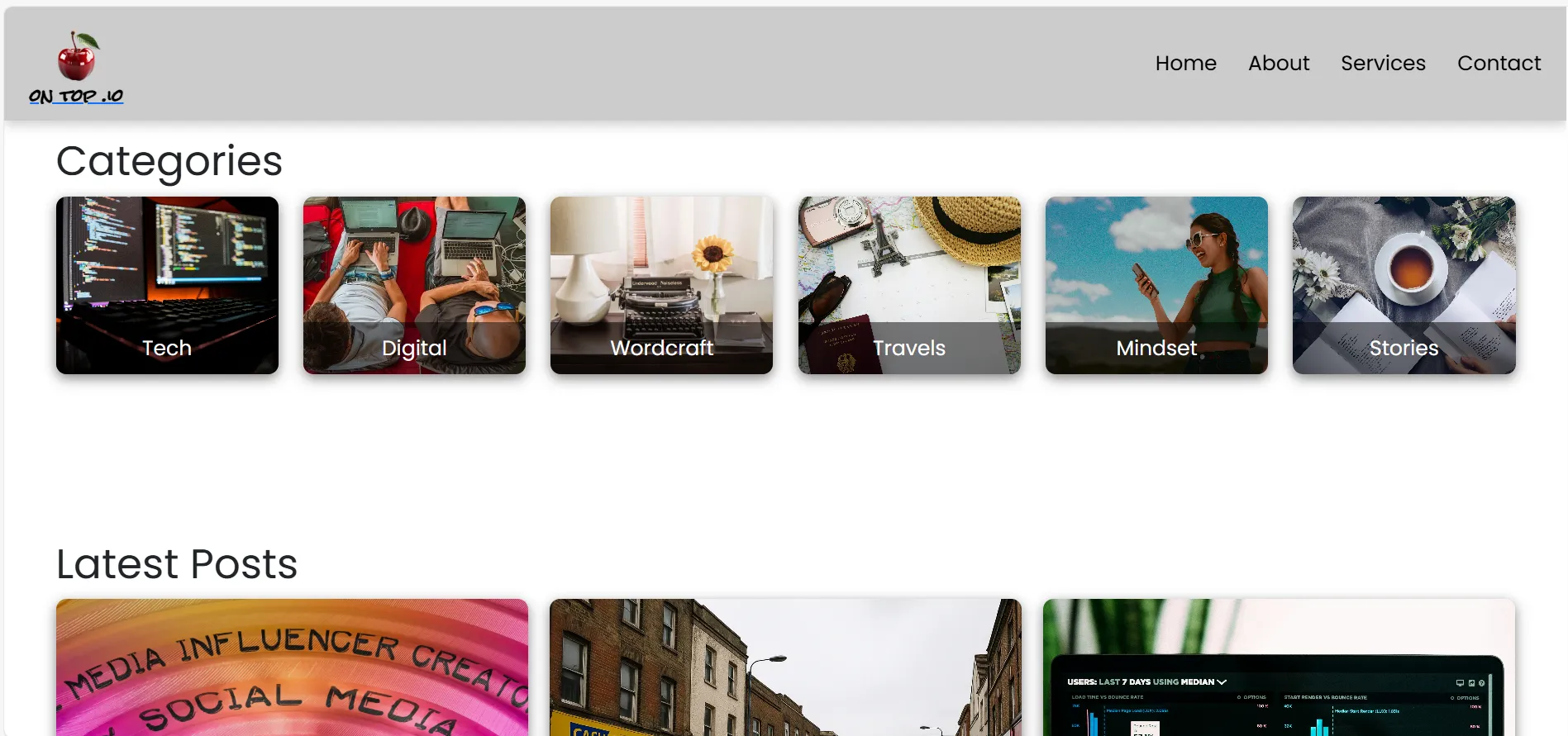The days of wrestling with endless lines of code or hiring a professional web developer might be behind us. AI-powered tools like Microsoft Copilot and ChatGPT have made creating a functional and visually appealing website more accessible than ever.
However, while these tools accelerate development, they do have their limitations.
I built a website using Copilot, ChatGPT, and my coding knowledge—and here’s what I learned.
Step 1: Planning the Design
Before I started creating my website, I had a clear vision of its look and structure. Having seen countless templates, I knew what I liked, so I grabbed my tablet and sketched a design that would resonate with both myself and my audience.
Structuring the site was straightforward: DOCTYPE declaration, header, body, footer, and content sections. As I added more pages, I realized I could use PHP to write reusable code snippets, making development more efficient and saving valuable time.
AI-Powered Brainstorming
AI can assist in brainstorming ideas regarding your website’s purpose and audience. It can generate content outlines, suggest layouts, and even offer SEO insights.

Step 2: Writing Code with AI
Copilot and ChatGPT are valuable assets for coding assistance. They generate HTML boilerplates, CSS styles, and JavaScript functions with remarkable speed.
However, AI-generated code requires human oversight. It can miss intricate logic details or introduce security vulnerabilities. Always review and refine AI-generated content to ensure functionality and originality.
Tips
- Use short, specific prompts: AI performs best when instructions are clear and concise.
- Validate generated code: AI may not detect security flaws, so manual debugging is essential.
- Balance AI efficiency with creativity: While AI can provide templates, unique designs require human imagination.

Step 3: Automating Tasks & Backend Development
Once my frontend was close to completion, I streamlined my backend development using Copilot. I generated PHP scripts for reusable components like headers, footers, and content sections.
For databases, I structured my code to introduce MySQL integration later in the project timeline.
Tips
- Use AI to generate PHP scripts for repetitive tasks.
- AI can assist with setting up databases, but always review security measures.
- Consider AI-generated REST APIs for smoother data exchange.

Step 4: Using Frameworks Like Bootstrap & React
AI can suggest frameworks and guide implementation, but hands-on experimentation remains crucial. While I had experience with Bootstrap, I relied on Copilot to navigate React and Tailwind CSS.
Tips
- AI provides framework guidance, but learning through experimentation is vital.
- Treat AI suggestions as a starting point, not a definitive solution.
Understanding AI’s Processing Limits
Most AI models, including Copilot and ChatGPT, can process hundreds of lines of code per request but struggle with extremely large files or multi-file projects.
Practical limits
- Copilot (code editors): Best for real-time suggestions rather than processing entire projects.
- ChatGPT (text-based): Can review up to 300–500 lines of code per interaction but may struggle with complex requests.
Final Thoughts: AI is a Tool, Not a Replacement
AI enhances web development efficiency, but it does not replace human expertise. While AI writes boilerplate code and offers guidance, creativity, security, debugging, and customization remain in human hands.
The smartest approach? Use AI as an assistant, not a substitute. Combine its speed with your own skills to build a website that’s functional, secure, and uniquely yours.




